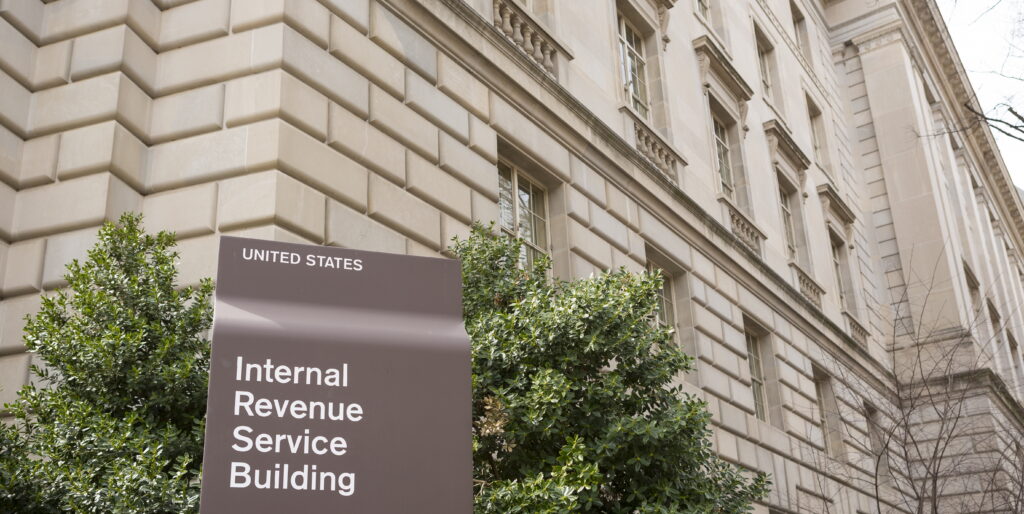
The Real Estate Roundtable this week held a virtual “town hall” to discuss the election and its impact on national policy issues. Participating in the discussion were Sen. Michael Bennet (D-CO), Roundtable Chair Debra Cafaro (Chairman and CEO, Ventas, Inc.), Chair-Elect John Fish (Chairman and CEO, Suffolk), Roundtable President and CEO Jeffrey DeBoer and policy staff. The Nov. 9 discussion addressed a wide range of policy issues with nearly 200 Roundtable members in attendance. (Watch the discussion on The Roundtable’s YouTube Channel)
- Cafaro said, “Our priorities are the COVID relief package that will come out of Congress, whether in the lame-duck session or later – a renters’ fund … (support) for state and local government relief … for the Paycheck Protection Program … funding for continued vaccine and testing and distribution … and liability protection of some type.”
- Fish stated, “What is important for this COVID bill … if we don’t support the cities and towns and states, getting them back on their feet, the issues of lay-offs, restoring services and the impact on education … it is going to continue to spiral. If that happens, that is really detrimental.” He added those measures should be “coupled with PPP support because we need to put people back to work. They need payroll protection, the need jobs and that sense of security.” (Nov. 9 Roundtable Town Hall video)
- Roundtable policy staff reviewed the lame-duck legislative outlook; tax and energy policy; and initiatives to create a Federal “business continuity” insurance program to mitigate future pandemic risk.
- DeBoer also participated in a Nov. 12 NYU Shack Institute of Real Estate remote discussion on “Real Estate’s Priorities: Engaging with the New Administration” with Dr. Sam Chandan, PhD, Silverstein Chair of the Institute. (See Shack’s entire agenda)
- “The narrow majorities in the House and Senate next Congress will place a premium on bipartisanship, and create hurdles for extreme legislation. We expect a very active Congress. Large legislative agreements will be possible, but odds favor more targeted, constructive legislative initiatives. We look forward to offering our positive perspective on stabilizing the economy and moving forward,” DeBoer said. (Video with Sam Chandan)
Lame-Duck Agenda

President-elect Joe Biden and Democratic leaders met this week about prospects for a bipartisan pandemic relief package during the post-election Congress, despite deadlocked negotiations over the cost and policy details of COVID-19 aid – and unlikely chances for compromise ahead of Georgia’s Senate elections on Jan. 5.
Both chambers of Congress return for their “lame-duck” session with a limited amount of working days before the new 117th Congress begins in January. The current Congress will need to pass a funding bill to keep the government open past Dec. 11 or face a shutdown – and negotiate a coronavirus stimulus package before several safety net programs expire in late December. It is possible the two measures could be combined in an “omnibus” bill. (BGov and Calculated Risk, Nov. 12)
- Senate Majority Leader Mitch McConnell (R-KY) said this week that Congress should pass a limited stimulus bill before the end of the year, reiterating Senate Republicans’ opposition to a larger-scale package Democrats favor, signaling the current stalemate could extend into next year. (The Hill, Nov. 12 and Roundtable Weekly, Nov. 6)
- Biden’s meeting with House Speaker Nancy Pelosi (D-CA) and Senate Minority Leader Charles Schumer (D-NY) yesterday addressed several outstanding issues facing Congress and the new administration.
- According to a joint readout from Biden’s transition team and the congressional Democrats, “They discussed the urgent need for the Congress to come together in the lame duck session on a bipartisan basis to pass a bill that provides resources to fight the COVID-19 pandemic, relief for working families and small businesses, support for state and local governments trying to keep frontline workers on the payroll, expanded unemployment insurance, and affordable health care for millions of families.” (The Hill, Nov. 12)
- Policymakers are reconvening amidst troubling signs affecting the economy, including a significant rise in COVID-19 cases, hospitalizations and deaths throughout the country as state and local governments consider reinstating lockdowns and school shutdowns. (Axios, Nov. 13)
- Additionally, The Washington Post reported this week that regulators are increasingly concerned about US banks’ loan exposure to commercial real estate. The Nov. 11 article reports that if banks are forced to absorb losses on their $2 trillion in commercial real estate loans, the entire economy will suffer, according to Federal Reserve officials, economists and credit analysts.
- “The Federal Deposit Insurance Corp. (FDIC) regards 356 banks as ‘concentrated’ in commercial real estate, based upon criteria such as the ratio of their CRE loans to their capital base and the pace of loan growth over the past three years,” according to the article.
Eric Rosengren, the president of the Federal Reserve Bank of Boston, said in a September speech, “I am especially worried about a second shoe dropping that will particularly affect small and medium-sized banks, which provide a large share of commercial real estate loans and small-business loans. A curtailment of credit resulting from such problems has caused serious head winds to recoveries in the past and may be a serious problem going forward.” (Washington Post, Nov. 11)
# # #













